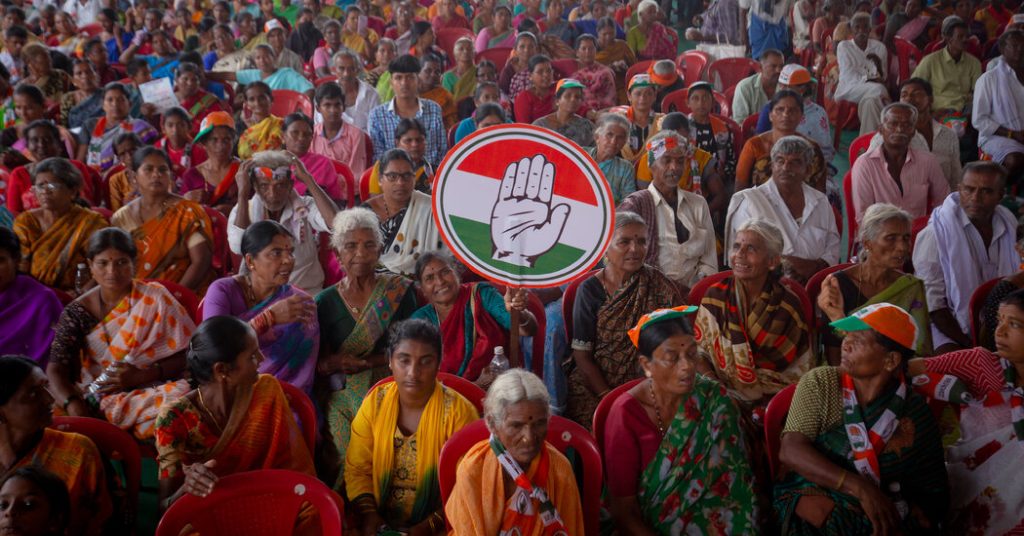In the 2019 national election in India, the Bharatiya Janata Party (B.J.P.), led by Prime Minister Narendra Modi, won convincingly despite receiving less than a majority of the popular vote. This dominance of the B.J.P. in Parliament highlights the weak and fractured state of the political opposition in the country. The main opposition party, the Indian National Congress, which was once a dominant force in Indian politics, has seen a significant decline in its influence and support. In the upcoming election, the Congress is not expected to perform much better than it did in 2019.
The Congress party, historically positioned at the center of Indian politics, has struggled to provide a clear direction and offer a credible alternative to the Hindu nationalist ideology of the B.J.P. The party has grappled with leadership challenges, internal rebellions, and infighting. Despite facing two consecutive defeats at the hands of Mr. Modi, the Congress has continued to rely on dynastic leadership, with Rahul Gandhi, a member of the Nehru-Gandhi dynasty, leading the party’s charge against Modi. However, the B.J.P. has consistently thwarted Gandhi’s efforts to build momentum through legal and political maneuvers.
In an attempt to counter the dominance of the B.J.P., a coalition of opposition parties was formed before the election under the alliance name INDIA. However, the coalition has faced difficulties in uniting its members due to disagreements over seat-sharing and local priorities. Some members of the coalition have shifted loyalties to the B.J.P. under pressure from Modi’s government, which has used incentives and legal tactics to weaken the opposition alliance. Modi’s government has been accused of using government agencies to target opposition leaders, with the majority of cases involving politicians being directed at opposition figures.
Opposition parties have tried to challenge Modi on issues such as authoritarianism, political corruption, inequality, and unemployment. However, these attack lines have not significantly affected Modi’s popularity, as he has built a strong base through a combination of Hindu majoritarianism, welfare programs, and personal charisma. Modi also wields considerable influence over India’s media channels, which have often supported his government’s narratives. As the Congress continues to struggle, smaller parties like the Aam Aadmi Party (A.A.P.) have faced intense crackdowns from the Modi government, viewing them as potential threats as the Congress fades.
Despite facing challenges from a weakened opposition, Modi and the B.J.P. remain in a dominant position as India heads into the election. The opposition’s inability to present a united front, internal divisions, and the government’s strong-arm tactics have undermined their ability to effectively challenge the ruling party. As the election unfolds over the six-week period, it remains to be seen whether the opposition can overcome its disarray and present a credible challenge to Modi’s continued dominance in Indian politics.


